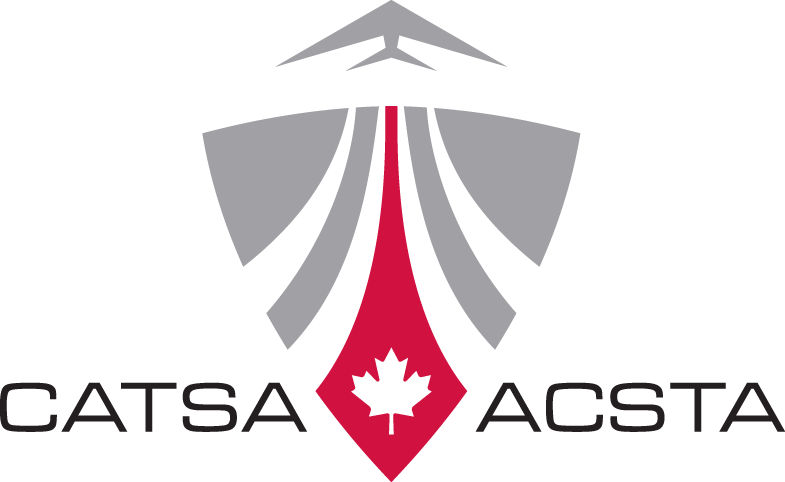Search
Results sorted by relevancy. If no search term is used, results are sorted alphabetically.
Displaying 41 - 50 of 623 items.
Camping & Sporting Equipment Some small sporting equipment is permitted in carry-on. However, most sporting and camping equipment should be packed in your checked baggage. Below are some examples of the type of items that may be packed in carry-on…
Cremated Remains We realize how difficult it is to lose a loved one, but knowing and planning to meet the conditions set out below ahead of time can help you avoid disappointment at the airport. You may bring cremated remains in a cremation container or …
Other Travel Links The federal government’s international travel advice and services have been merged into www.travel.gc.ca . This website is a comprehensive source of information for Canadians travelling or living abroad . Travel.gc.ca integrates …
Travel Agent Resources As a travel agent, you already deal with a lot of questions from your clients. Use and share the resources below to easily answer your clients' questions about going through security. Liquids, Aerosols and Gels (LAGs) Bags If you …
New Product Submission CATSA’s Technology Branch evaluates passenger and baggage screening equipment. If you would like to tell us about your product, please ensure that your submission clearly describes how your product addresses our mandate. Please …
Stay Connected Stay informed and stay connected to CATSA through the online channels that you use: Facebook: Follow CATSA on Facebook . Read our Facebook Terms of Use . X/Twitter: Follow CATSA on X/Twitter . Read our X/Twitter Terms of Use . LinkedIn…
Working As a Screening Officer for One of CATSA’s Partners The Canadian Air Transport Security Authority (CATSA) fosters a culture of accountability, excellence and trust through its people , its partners and its governance . CATSA values its partnership…
Current Openings … Current Openings …
Social Media Terms of Use The Canadian Air Transport Security Authority (CATSA) , established in 2002, is a Crown corporation responsible for: Pre-board screening – the screening of passengers, their carry-on baggage and their personal belongings; …
CATSA on X/Twitter CATSA’s X/Twitter accounts are another means of interacting with the organization and opportunity to learn about getting through security more quickly and easily. We look forward to sharing information and encourage visits to …
